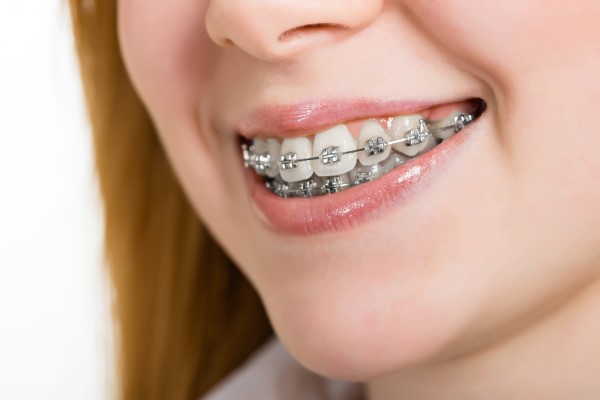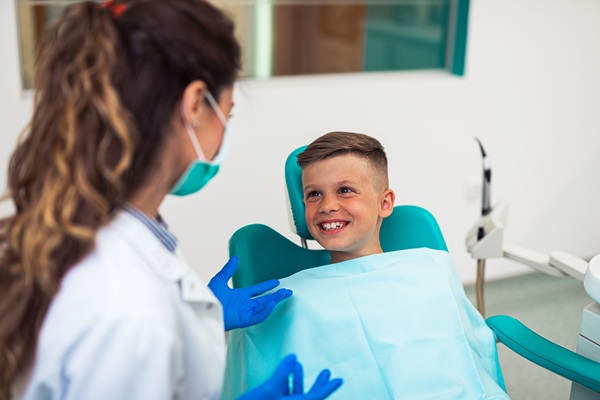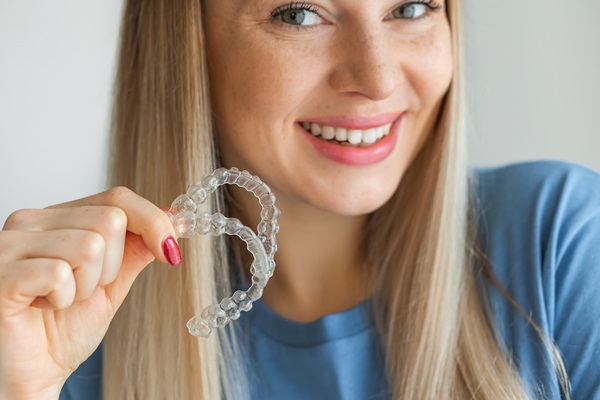What You Need to Know About Early Orthodontic Treatment

The phrase "the sooner, the better" rings quite true for orthodontics. early orthodontic treatment assists with preventing serious, unfixable mouth and teeth alignment problems, or malocclusions, later on. Early treatment may also save time and money. Individuals with bite misalignments or crooked teeth should seek regular orthodontic care as soon as possible to help avoid worse complications and gain a healthier, more functional mouth.
The importance of early orthodontics
You use your mouth and teeth every day to eat, speak, and express emotion. If your bite or teeth are off, these daily tasks can become more difficult, uncomfortable, and even painful or impossible. Continually use usually makes these problems worse too. Orthodontists can discover and fix many of these malocclusion issues early on and possibly prevent the need for surgery or other expensive, intensive treatments. Taking care of these ailments sooner rather than later also often decreases the amount of time that many early orthodontic treatments take, which normally equates to greater cost savings and less discomfort overall.
Common kinds of early orthodontic treatment
Orthodontists first perform bite inspections to determine what treatments to use. Here are some of the most commonly used orthodontic apparatuses.
Braces
Braces are small metal or ceramic brackets that orthodontists glue onto tooth surfaces. They are attached together using wires and rubberbands of varying strength, color, and size. The point of braces is to put gentle constant pressure on teeth to move them a little at a time. Over a set period, orthodontists will adjust and readjust the braces at each visit until your teeth look and feel properly aligned. Braces are especially helpful for early orthodontics as younger teeth and mouths tend to manipulate more easily and, thus, often feel less discomfort.
Clear aligners
Clear aligners are essentially transparent plastic removable braces. They consist of a series of plastic trays that fit each individual's teeth during each stage while simultaneously performing slight modifications to each tooth's placement and the overall bite. Orthodontists take periodic molds of the teeth and mouth to ensure that the clear aligning trays work appropriately at each stage. Many people like the idea of these removable trays over fixed braces because they find it easier to care for their teeth and they are not visible, unlike most traditional braces.
Retainers
Retainers are designed to keep teeth in place after braces are removed or clear aligner series are finished. They are generally made of metal and plastic or just plastic. Some retainers are removable, and some are not. Fixed retainers are generally strips of metal or plastic that orthodontists bond to the backside of the teeth they are maintaining. Orthodontists also use retainers instead of braces to make one or two minor adjustments, such as closing a single gap between teeth or slightly straightening just one or two teeth at a time rather than an entire bite.
Conclusion
Early orthodontic treatment, particularly in younger, more malleable mouths, is a great way to fix some current alignment problems and prevent worse issues down the road. Straighter teeth and bites regularly make for healthier mouths and happier people too.
Let us help you take the first steps to better alignment. Contact our office today to schedule an early orthodontic consultation for you or your child.
Check out what others are saying about our dental services on Yelp: Early Orthodontic Treatment in Phoenix, AZ.
Recent Posts
Visiting a kids orthodontist at the right time allows for early detection of potential alignment issues and helps determine if your child will need treatment in the near future. Prioritizing orthodontic treatment enhances the appearance of a child's smile and supports proper dental development and health. However, it is normal for children to feel hesitant…
Clear aligners are a popular way to address orthodontic issues, such as crooked or crowding teeth. Over the years, the technology behind clear aligners has greatly improved, which has created competition when it comes to choosing aligners over the traditional route of metal braces. When having the teeth straightened with clear aligners, the entire process…
We all want our children to have straight, healthy teeth; clear braces for teens (or invisible braces) for teens are an excellent solution compared to traditional braces. Thankfully, modern dentistry has made major improvements in braces technology that makes them more effective and more comfortable, and invisible. Now there’s no longer a need to worry…
A key goal of pediatric dentistry is establishing healthy oral hygiene habits early to promote long-term oral health. With guidance from a pediatric dentist, parents can help their children understand how to maintain clean and healthy teeth at home. This early exposure can make healthy habits — like brushing twice daily, flossing daily, and eating…


